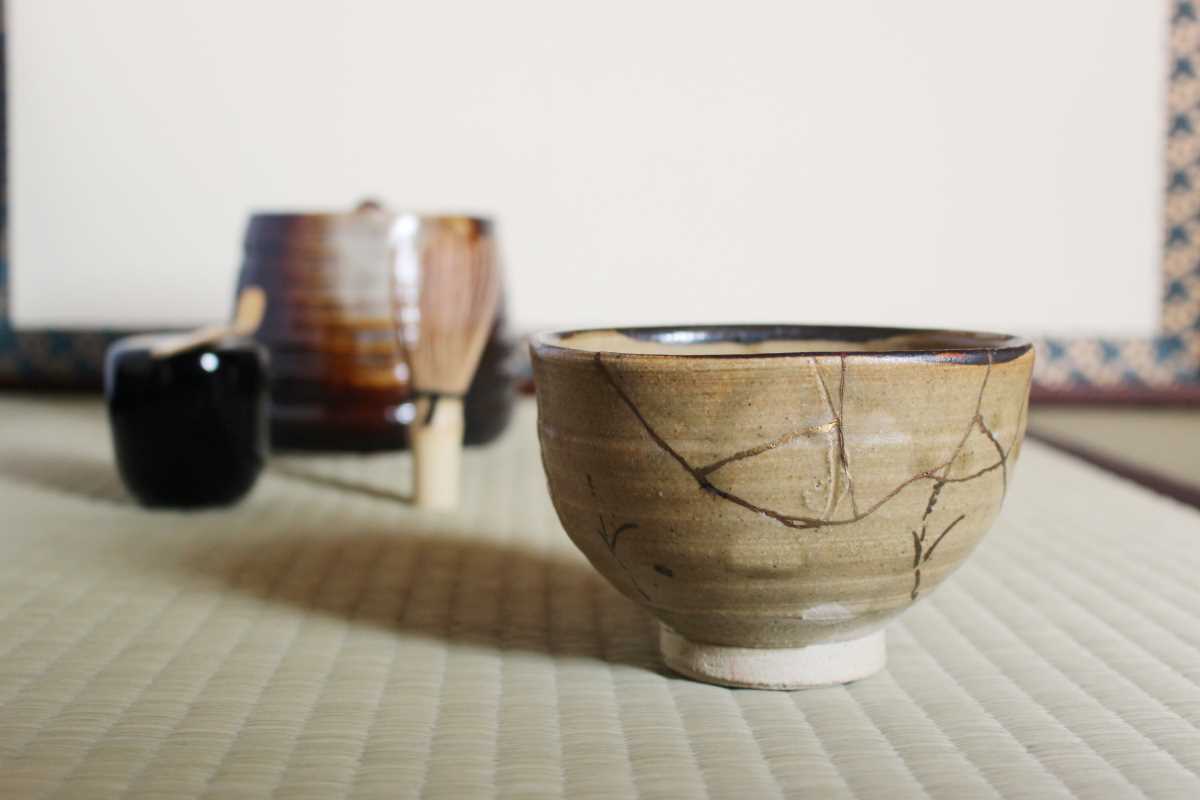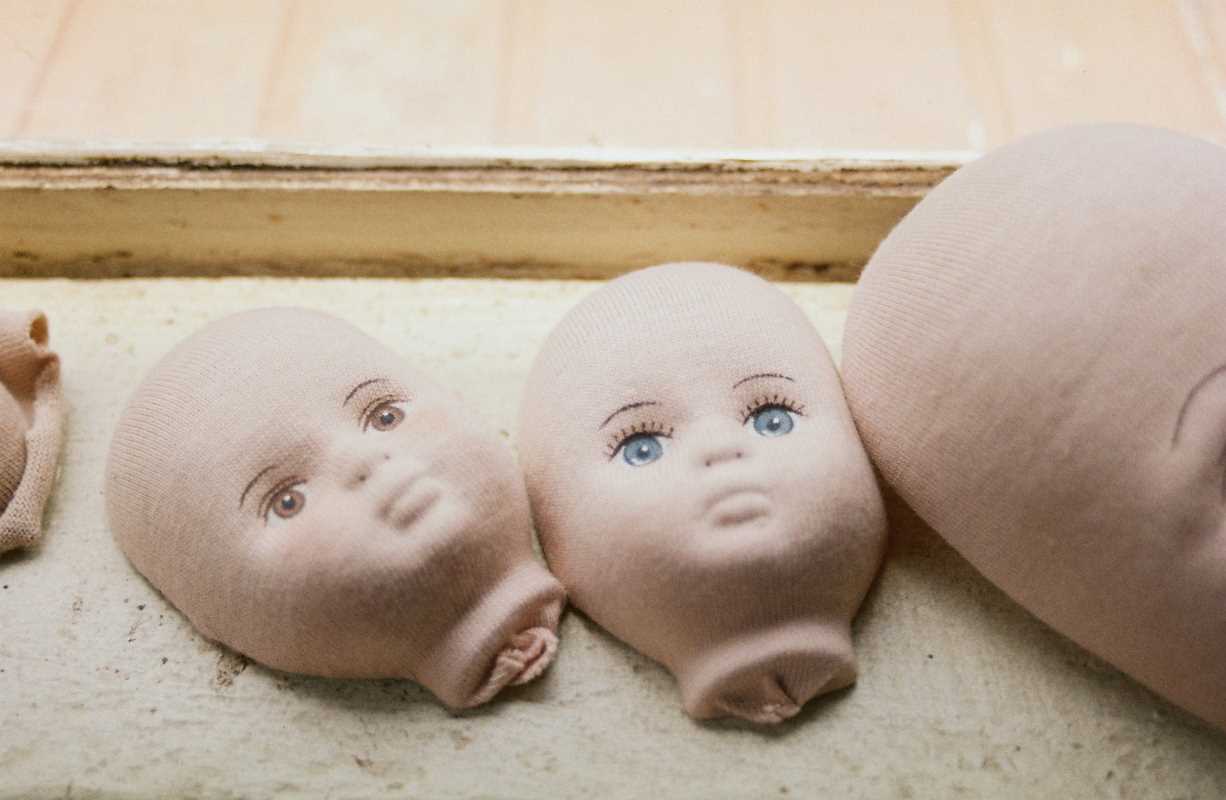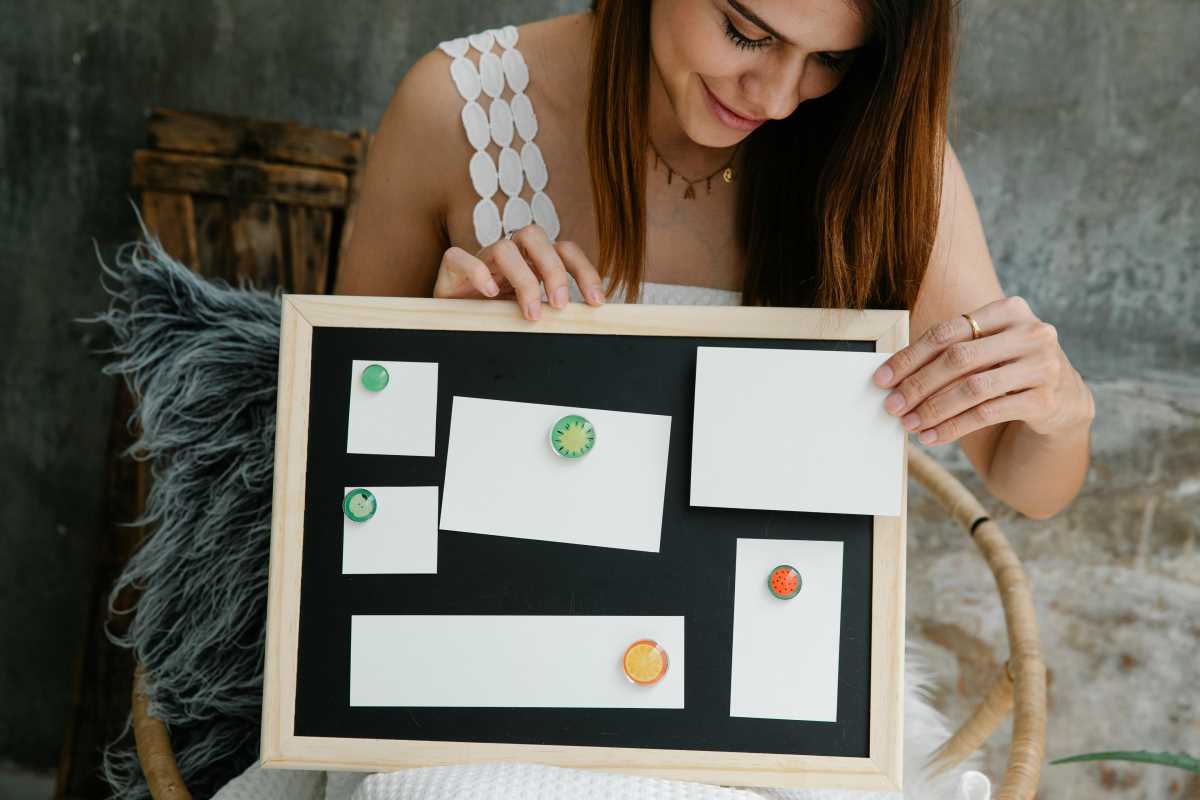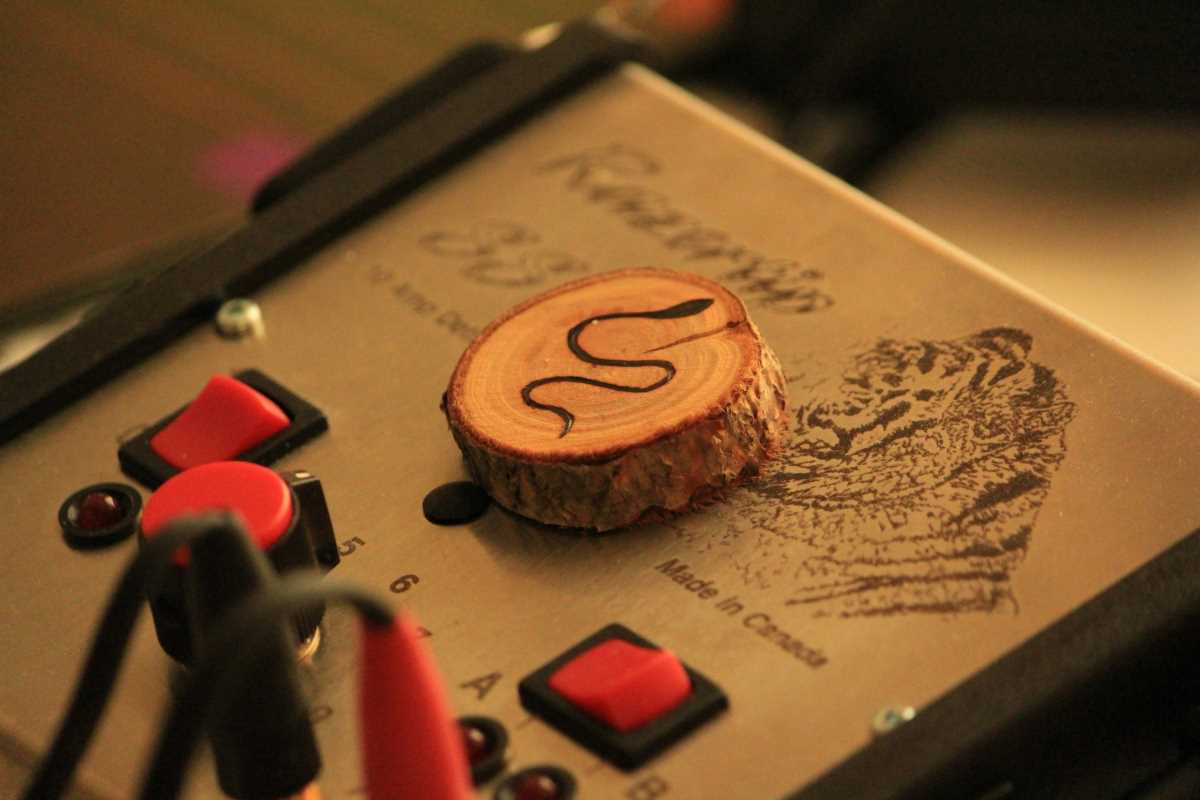Many people crave a creative outlet that allows them to step away from digital devices and daily routines. Working with clay provides a satisfying, hands-on experience where you can mold and shape something lasting from raw material. When you set up a small studio space at home, you only need a few common household items and a willingness to experiment. As you explore each curve and surface, you gain confidence and discover the joy of crafting unique pieces that reflect your personal touch. This rewarding process invites you to slow down, focus on the present moment, and enjoy the simple pleasure of making art with your hands.
Imagine crafting your first cup, bowl, or abstract sculpture on a tabletop instead of splurging on fancy wheels. You’ll find that slicing, smoothing, and firing clay spark problem-solving skills, invite serene focus, and reward you with objects that you can use and display—no pricey lessons required. Welcome to a journey that blends artistic flair with down-to-earth practicality, right in your living room.
Discover Your Connection to Clay
Clay work involves more than shaping mud into mugs—it taps into a timeless human impulse to leave a tangible signature behind. As your fingers press and curl the clay, you uncover a deeper connection to form and material. That quiet moment when a coil snaps into place or a surface glides smooth carries its own thrill. Instead of touting generic “benefits,” picture how kneading clay can become a form of self-discovery, unlocking new creative quirks you never knew you had.
Beyond that, working on small home setups allows you to experiment in ways group classes often don’t. You learn cause and effect at an intimate scale—if a slab cracks when drying, you adjust your moisture ratio or your drying rack. If a glazing hue pools into unexpected valleys, you note how viscosity and gravity dance together. Every minor tweak becomes a lesson in materials science disguised as play.
Essential Supplies for Home Clay Projects
- Air-Dry Clay
- Purpose: Develop basic pinching and coil techniques on a forgiving medium.
- Steps:
- Knead the clay until it’s uniformly soft.
- Shape it into your desired form.
- Let it rest on a porous surface for 24–48 hours.
- Sand lightly for a smooth finish.
- Cost & Availability: Usually $10–$15 per 2-pound block at craft stores or online marketplaces.
- Insider Tip: Store unused portions in airtight bags with a damp paper towel to prevent crusting and keep the clay pliable for up to a week.
- Basic Pottery Tools Kit
- Purpose: Equip your workspace with all the shaping, trimming, carving, and smoothing tools you need for functional and decorative pieces.
- Steps:
- Choose the tool suited for your task—rib for flattening, loop tool for hollowing.
- Hold the tool at a slight angle to the clay for control.
- Apply gentle, consistent pressure.
- Clean tools with water immediately after each use.
- Cost & Availability: $15–$25 online or in hobby departments.
- Insider Tip: Slip your tools into an empty coffee can wrapped in waterproof tape so clay residue won’t stick, keeping your workspace tidy.
- DIY Wedging Board
- Purpose: Prevents air pockets, ensures uniform texture, and strengthens your final pieces.
- Steps:
- Lay out a slab of clay.
- Fold the slab in half.
- Slam down firmly with your palm.
- Rotate 90 degrees and repeat ten times.
- Check for a springy, uniform feel.
- Cost & Availability: About $8–$12 using scrap wood and old fabric.
- Insider Tip: Attach Velcro strips to secure your fabric cover, making it easy to wash and replace after each wet-clay session.
- Plastic Bat and Banding Wheel
- Purpose: Keeps an even thickness, helps you sculpt symmetrical shapes, and gives full 360° access.
- Steps:
- Attach the bat onto the wheel head or lazy Susan.
- Center your clay piece.
- Turn slowly while trimming edges with loop tools.
- Add coils or decorative touches on all sides by rotating smoothly.
- Cost & Availability: Around $20–$30 for a basic lazy Susan and custom-cut bat; local woodshops sometimes cut inexpensive boards.
- Insider Tip: Glue a few foam pads underneath the bat for better grip, so your clay never drifts during detailed carving or decorating.
- Small Electric Kiln Alternative
- Purpose: Achieve stronger, waterproof results without industrial kilns.
- Steps:
- Layer kiln bricks inside your toaster oven.
- Place small bisqueware pieces on a shelf.
- Program a slow ramp to 1,700°F over 90 minutes.
- Let the temperature drop naturally before opening.
- Apply glazes after firing if you like.
- Cost & Availability: $100–$150 for a small toaster oven plus bricks; local classifieds often have used units.
- Insider Tip: Install a separate temperature controller—this device keeps heat steady and prevents glaze runs or cracking during cool-down.
Start Creative Projects
Once your toolkit has everything you need, begin with projects that celebrate everyday shapes. Make a textured trivet by pressing lace or spring forms into a trimmed slab: let the air-dried clay cure, then seal it with varnish for kitchen-ready charm. Or sculpt minimalist bud vases—coil thin tubes, stack and smooth the joins, then finish with a translucent waterborne glaze for a modern look.
You can also combine clay with found objects: wrap a coil around a sturdy twig to create a sculptural handle for a small dish or press natural leaves into wet clay to preserve their veins. These playful experiments teach you how clay interacts with different materials and inspire ideas you can sketch and refine later.
Practice to Improve
Track your pottery progress in a sketchbook to learn from drying times, glaze results, and firing issues. Share your work in a small home showcase to build confidence and refine your presentation. Each project reflects your growth and fuels your passion for creating with clay.







